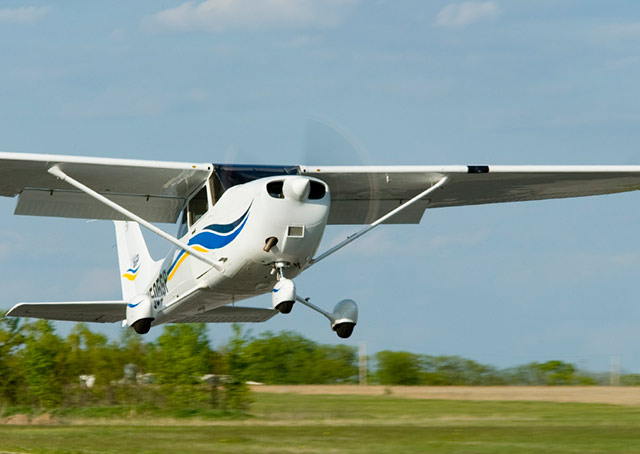
A Cessna 152 with a student pilot and flight instructor aboard is climbing to traffic pattern altitude when a loud, sustained noise fills the cabin, and the student senses airframe buffeting and vibration through the controls.
Unnerved, the trainee’s attention fixates on the right side of the aircraft, where the noise is coming from—and where the source of the problem reveals itself as an open cabin door.
"Fly your airplane," the flight instructor cautions as an incipient power-on stall warning is heard above the air noise. "When you level off, we’ll close the door."
A simple solution. So it is an unhappy fact that numerous accidents have occurred when pilots became distracted and lost control after an improperly secured door opened unexpectedly in flight.
In many aircraft, an open door in flight should be a nonevent, as its pilot should know after studying the pilot’s operating handbook(POH).
The POH for a 1980 Cessna 152, for example, discusses the problem in the chapter on systems and descriptions: "Accidental opening of a cabin door in flight due to improper closing does not constitute a need to land the airplane. The best procedure is to set up the airplane in a trimmed condition at approximately 65 KIAS, momentarily shove the door outward slightly, and forcefully close the door." The POH for a Piper Cherokee Warrior II provides a short checklist for in-flight closing of a door in its chapter on emergency procedures, noting that if both the upper and lower latches are open, the effect will be that "the door will trail slightly open and airspeeds will be reduced slightly."
The open-door scenario occurs frequently enough to be discussed in the Airplane Flying Handbook. "A door opening in flight may be accompanied by a sudden loud noise, sustained noise level and possible vibration or buffeting. If a pilot allows himself or herself to become distracted to the point where attention is focused on the open door rather than maintaining control of the airplane, loss of control may result, even though disruption of airflow by the door is minimal," it says.
Some aircraft, such as those with doors that do not open against the airflow, may have prohibitions against flight with a door that is open or ajar, however.
In either case, a thorough pre-takeoff check and an informed, undistracted pilot are the best safeguards.



